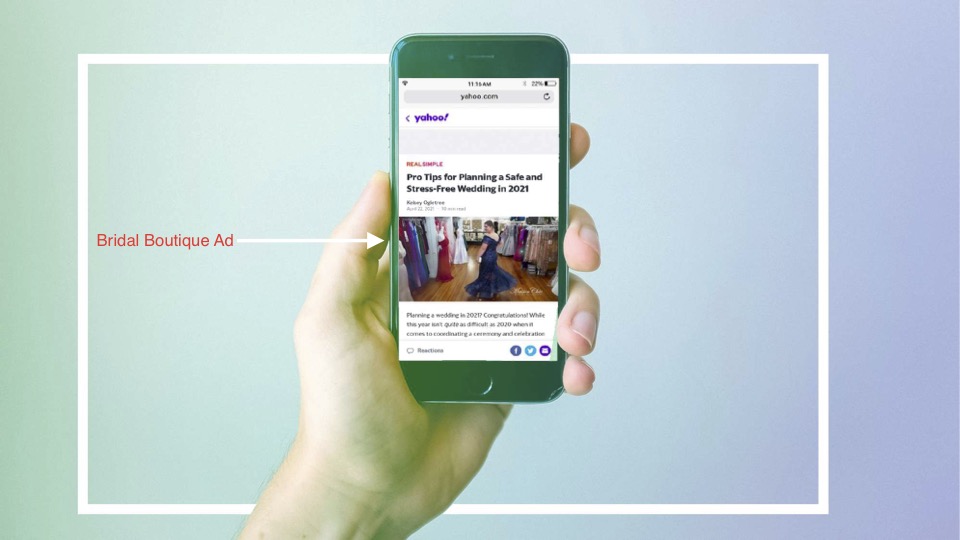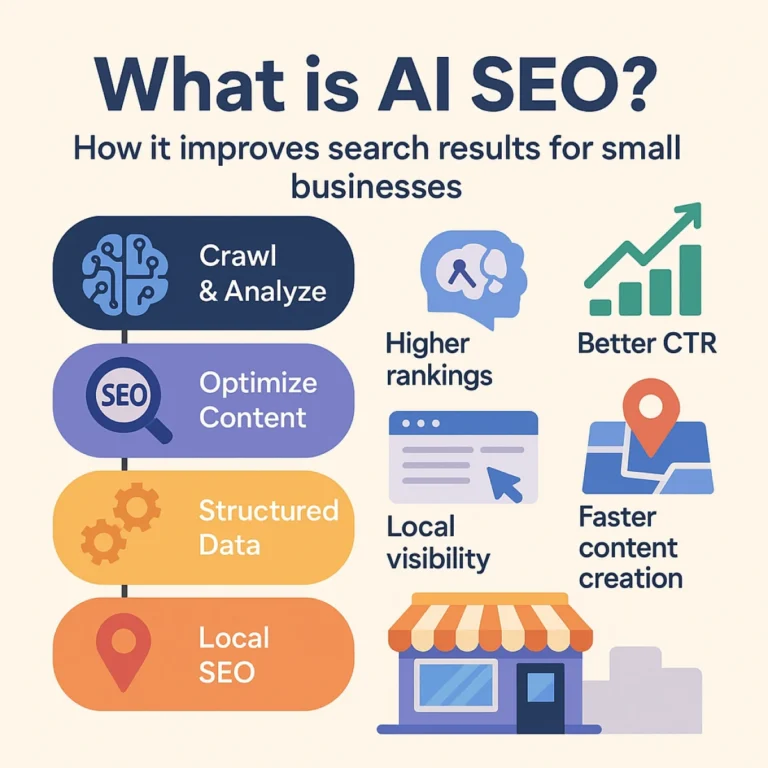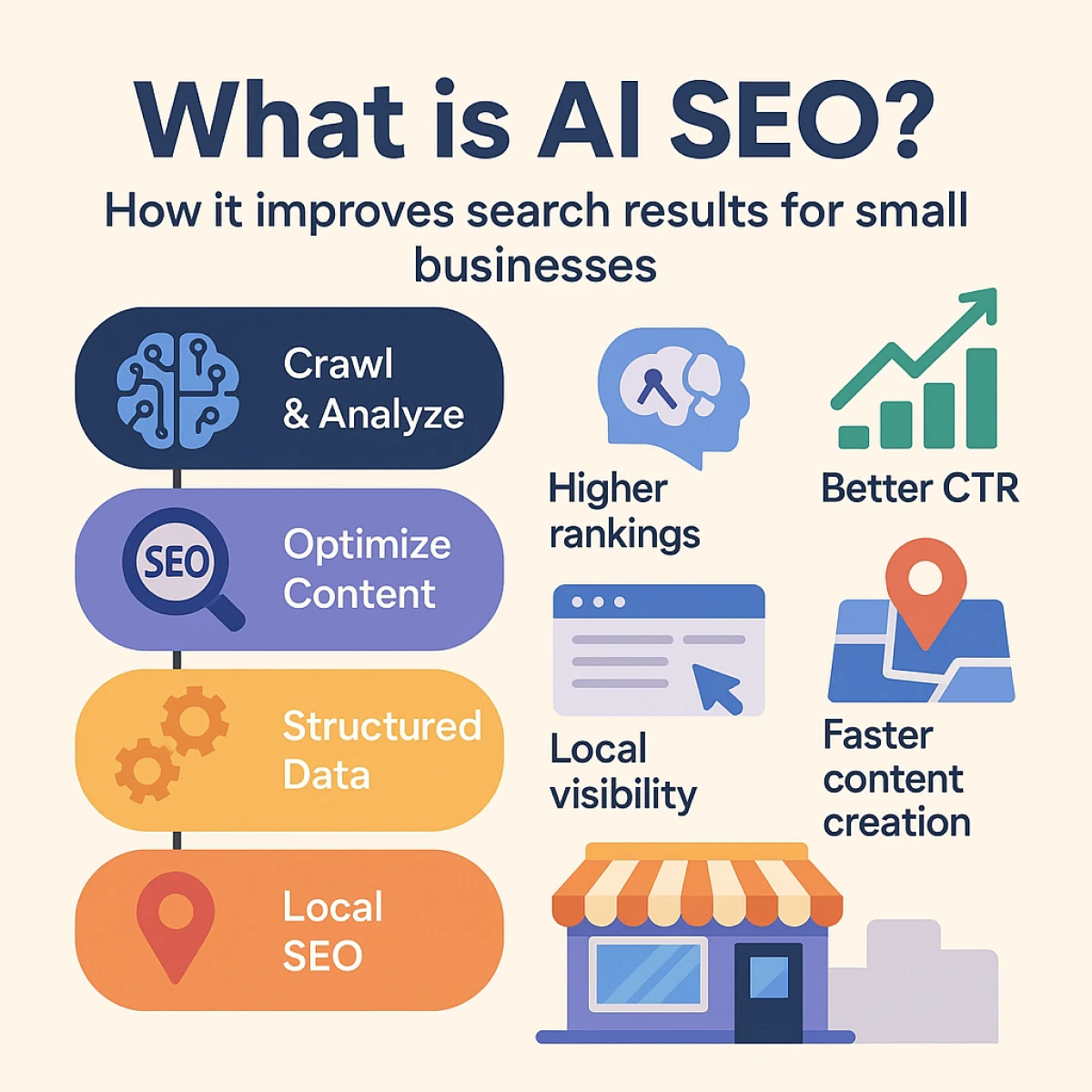iOS14 & iOS15: It Is Possible To Effectively Target Your Audience Without Cyberstalking Their Online Journey
2021 has been quite the year of changes in the digital marketing landscape, especially as it applies to businesses in Victoria, Texas, and the surrounding Crossroads region. To name a few major changes, Google introduced the Google Guaranteed badge, moved Google Local Services out of beta, and decided to turn Google My Business into the Google Business Profile. But perhaps more importantly than all, the recent iOS14 & iOS15 updates from Apple have made targeting more difficult for marketers relying solely on cookie-based advertising by causing users to “opt-in” to tracking rather than “opt-out”.
While for many advertisers this has decreased the effectiveness of targeting across social media, the depth of retargeting reach, and conversion tracking capabilities, digital marketing companies who stay ahead of the curve are already navigating successfully in a cookieless digital landscape. The reality is cookies were rather messy anyways. Cookie matching between DSPs and DMPs was pretty flawed to begin with, providing misaimed targeting methods in many cases. In this article, I will discuss a few tips on how to still effectively target and drive prospects through the sales funnel and track performance without the use of cookies.
Utilize First-Party Data
Breaking news: Cookies are still being used! Strong marketers have been collecting first-party data long before this update was released by Apple. First- and third-party cookies have historically collected data in quite similar methods, technically speaking. The difference between the two is first-party cookies convey the data to the owner of the web domain the user has chosen to visit, and third-party cookies convey it to outside data aggregators.
Some publishers such as the New York Times are taking it to the next level by phasing out third-party data altogether and fine-tuning their first-party data to still offer dozens of audience segments to target.
The beauty of first-party data is users have already consented to provide their information. Businesses must work on finding more ways to collect user first-party data such as:
- Begin lead generation campaigns such as Facebook Lead Generation Ads.
- Run Facebook and Instagram campaigns with the “messaging” objective to encourage more messages or utilize Facebook & Instagram stories to encourage more messages.
- Increasing your email or SMS list through newsletters, providing free content, or promotional offers.
- Build unique landing pages for your ad campaign that capture first party data for retargeting through custom audiences and lookalike audience features.
- Get back to the basics – build better brand awareness at the top of the funnel.
Contextual Targeting
Contextual targeting is the practice of deploying ads based on a website’s content. While behavioral targeting uses the user’s web browsing behavior (aka cookies) to determine ad placement, contextual targeting does not require the usage of cookies by utilizing the website’s content to deliver relevant ads to the user.
It makes perfect sense right? If a user is reading an article about new home design trends, that ad placement would make more sense for a home builder than a general news article.

There are two primary types of contextual targeting: keyword and category contextual.
Keyword contextual targeting includes selecting target keywords and topics to deliver ads on sites that include content including those keywords and topics. For example, a brand running an ad for a family medicine clinic can choose keywords such as “family medicine” or “sports physicals.” Their ad would then be targeted to appear on sites that contain those keywords.
Marketers also have the ability to select negative keywords that prevent their ads from showing up on sites deemed irrelevant to their campaign. In this example, the family medicine brand could use “weight loss” as a negative keyword if they did not treat bariatric-related conditions in their clinic.
Then we have category contextual targeting. With this tactic, ads are targeted to sites that have been assigned to specific categories or deemed to have topical relevance.
Semantic Targeting
Semantic targeting is ultimately a subset of contextual targeting. However, I break this out separately because for some reason semantic targeting seems to be an afterthought in many agencies’ targeting strategies for their clients. Yet we have found this tactic to be one of the most effective techniques to combat a cookieless digital marketing environment, particularly when using it in OTT/CTV, YouTube, and Network online video strategies. Semantic targeting leverages machine learning to “understand” the content on the page to determine ad placement, as opposed to relying on matching keywords.
Think about it – According to Google, 15% of searches are unique and have never been searched before. How can any keyword research or competitive analysis know these keyword phrases to target? That’s where semantic targeting comes in to save the day!

Improve Conversion Tracking with UTM Tracking Parameters
UTM parameters are small snippets of code added to the end of web URLs for more accurate tracking. These bits of code are not new but have a heavier emphasis now with recent changes.
UTM tracking makes it easier to track where users are coming from to your website. This is critical for advertisers to better understand their return-on-investment from their targeted digital marketing campaigns.
For those e-commerce vendors concerned about the loss of pixel data with the iOS 14 & iOS15 updates, they should look into Facebook’s Conversion API. This allows your customers to share web events with Facebook directly, without having to rely on browser pixel events.
Lead Nurturing Has Become More Important Than Ever
Last but not least, lead nurturing via two-way manual communication or marketing automation campaigns has become more critical than ever. Now is the time to invest in software such as BBM’s LocalRemix software to make the most out of the new contacts in your CRM or engage existing customers. Without the presence of cookies, marketing to consented contacts needs to be a focal strategy of every business to drive more users through the sales funnel.
The Bottom Line
The bottom line is the most experienced digital marketers are used to being flexible given the rapid change in this industry. With us shifting towards the discontinuation of third-party data in targeting, there is no need to worry. There are plenty of other methods to continue to set sights on your target audience and effectively reach them. Now you have a few tips to help you in doing so.
Building Brands Marketing, founded in 2018, is a full-service marketing consulting firm and advertising agency that has worked with businesses across South Texas on building trust, improving reputation and increasing sales. Their team of marketers, advertisers, developers, videographers, and creatives offers digital and traditional marketing services to the Gulf Coast region.
Schedule a free marketing consultation today if your business needs assistance in developing a marketing strategy appropriate to fit your business objectives and budget.








